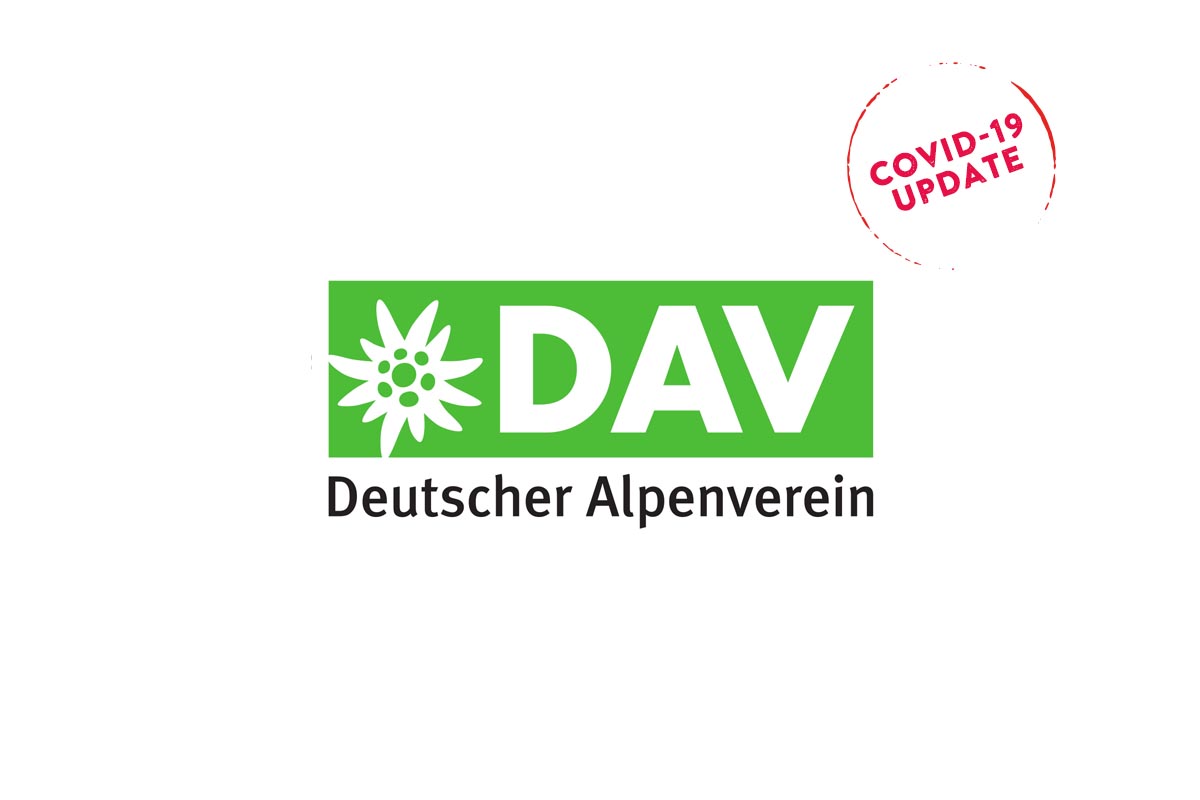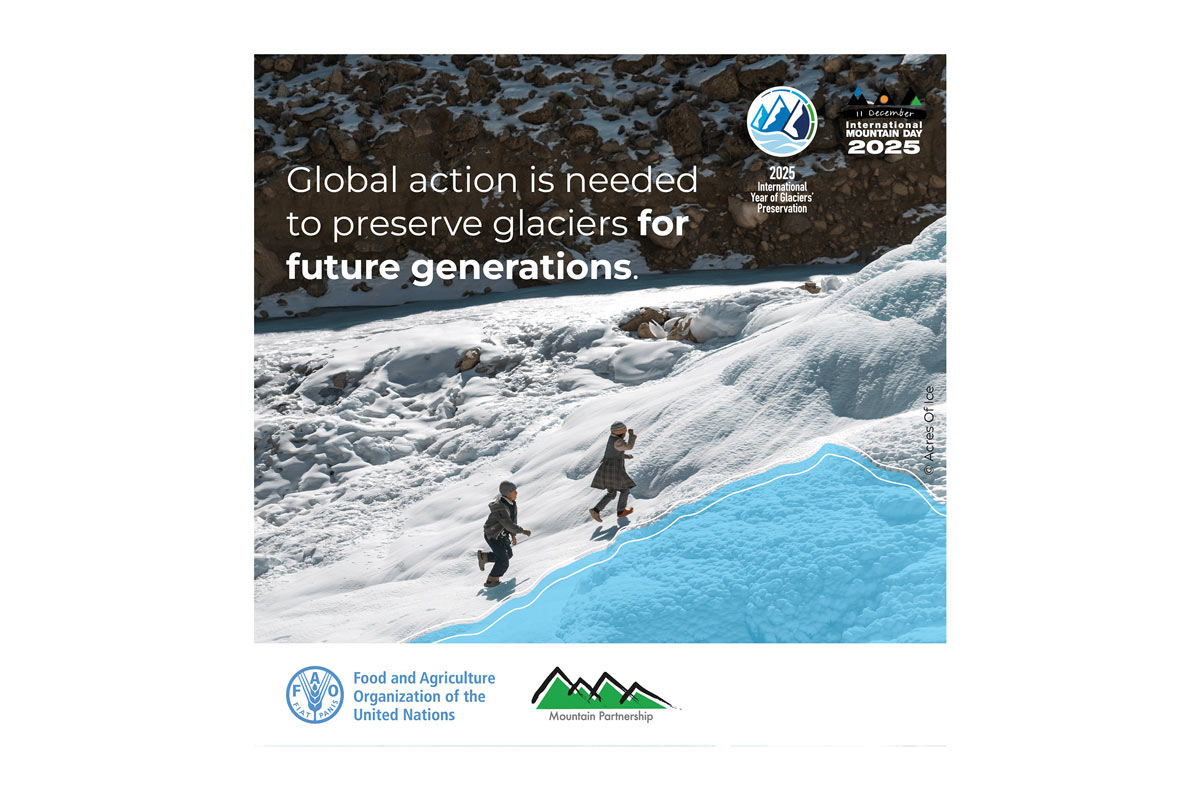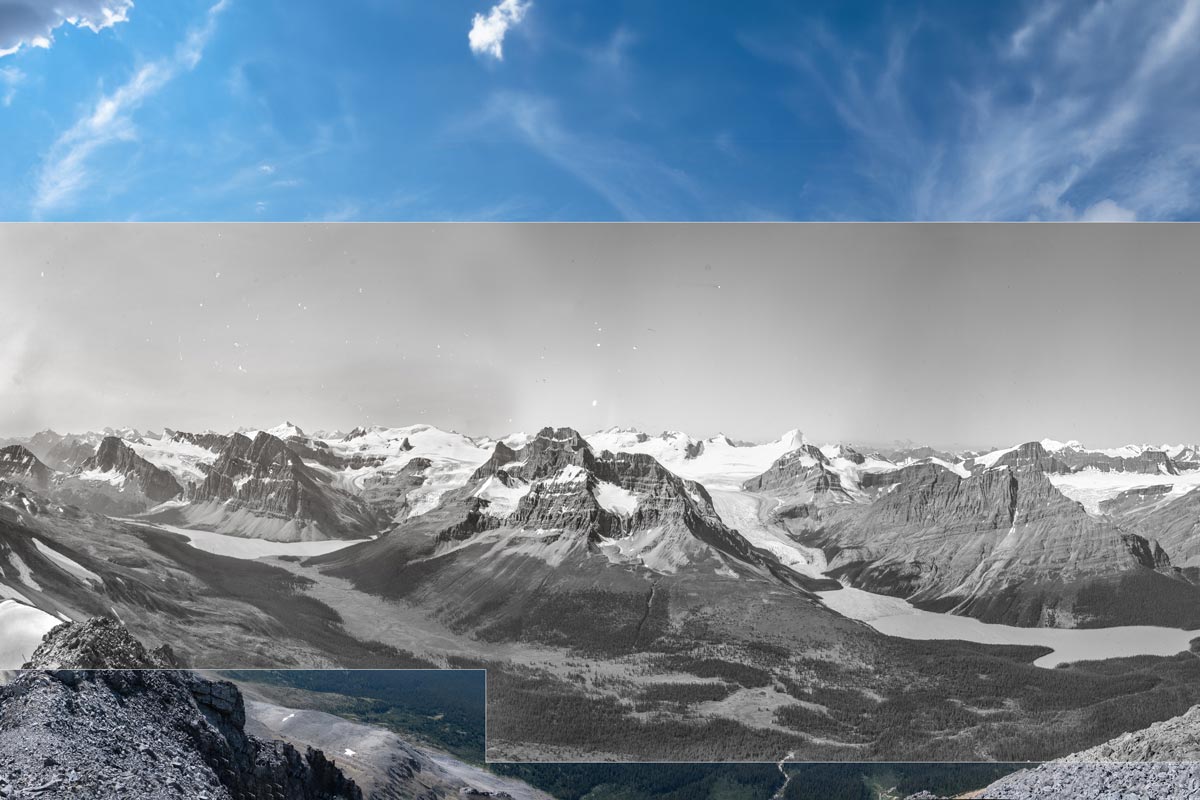The following update was provided by the German Alpine Club (DAV) on 5 May. The below is a translation of the original article in German.
Preamble: As mountain and outdoor athletes, we know the importance of personal responsibility, risk-conscious action, camaraderie and experience. Unexpectedly and without previous experience, we are now faced with a new, dangerous virus. We must therefore add a few measures to our familiar safety precautions so that we minimise the risk of infection when practicing our sport. Experts from the German Alpine Association have developed recommendations for mountain sports in the times of Corona, which are in line with the regulations of the authorities and at the same time enable reasonable and satisfactory sports.
Basic rules
1. Withstand risk
For activities in the mountains, low mountain ranges and other nature sports areas, stay well below the personal performance limit. Consider the corona-related risks and difficulties in rescue operations and the additional burden on hospitals. More than ever: Only practice healthy mountain sports!
2. Mountaineering only in small groups is allowed
Only carry out mountain sports in the number and composition of people authorised by the authorities. Greetings, meetings etc. outdoors only if the minimum clearances are observed. Avoid high-traffic areas and tours. No border crossings!
3. Keep a distance of at least 2m
Use a nose and throat protector if, in exceptional cases, the minimum distance of 2m must be exceeded. Certain mountain sports activities (e.g. mountain biking) may also require larger distances. Take no long rests at the summit when others want to go up.
4. Avoid the usual contact rituals
e.g. shaking hands, giving hugs, sharing drinks with others etc.
5. Take mouth-nose protection and disinfectant with you
In addition to the general emergency equipment, mouth and nose protection and disinfectants should be kept in the backpack for the next time.
6. Mouth-nose protection in permitted carpooling
Only carry out carpooling in the number and composition of persons permitted by the authorities. Prefer to travel by public transport – do so if the volume of people is low. Use a nose and throat protector if, in exceptional cases, the minimum distance of 2m must be exceeded.
7. In an emergency
As a first aider, proceed according to the generally applicable first aid guidelines and additionally use mouth-nose protection.
Sport-specific recommendations:
A) Hiking / hiking / mountaineering / ski touring / snowshoeing Implementation of basic rules 1 to 7 (see above).
B) Sport climbing & outdoor bouldering
Implement the basic rules.
Favour well-secured routes.
Avoid climbing areas with a fall-prone base or increased risk of falling rocks.
Use regular hand disinfection.
Do not put the rope in your mouth when clipping.
Use your own equipment: express slings, belay device, rope. Clean up unused material in your backpack away from the base of the wall.
Partner check at a distance: Partners should ask each other to check the knot, carabiner, belay device and belt and observe each other in the process.
Avoid highballs and bouldering with dangerous landing zones when bouldering.
Only spot people from the same household – or with mouth and nose protection and subsequent disinfection of the hands.
C) Via Ferrata walking
Implement the basic rules.
Avoid if there are already several people on the Via Ferrata and traffic jams are foreseeable.
Consideration and waiting at the entrance – keep your distance.
Choose the ascent rate keeping in mind that you do not run into other people.
Only overtake where the distance rule can be adhered to and there is no need for securing (paragraphs, belts).
Leave the exit quickly after finishing the Via Ferrata.
Do not climb Via Ferrata in the opposite direction.
Use Via Ferrata gloves.
D) Multi-pitch plaisir climbing / alpine climbing / alpine touring
Implement the basic rules.
Only two people at a time.
Partner check at a distance: The partners should ask each other to check the knot, carabiner, belay device and belt and observe each other in the process.
Disinfect hands before and after a climbing tour.
E) Mountain Biking
Implement the basic rules.
Higher speeds require greater distances when riding one behind the other: 5m uphill, 20m downhill and on the plain.
If overtaking, then do so quickly, with little risk and if possible only if the minimum lateral distance of 2m can be maintained.
F) Alpine Skiing
Implement the basic rules
Follow the regulations of lift operators in transport systems – avoid fully occupied systems.
When staying on the slopes, e.g. breaks that follow distance rules.
If overtaking, then do so quickly, with little risk and if possible only if the minimum lateral distance of 2m can be maintained.
G) Huts
All huts are currently closed and are therefore not available for meals or overnight stays.



